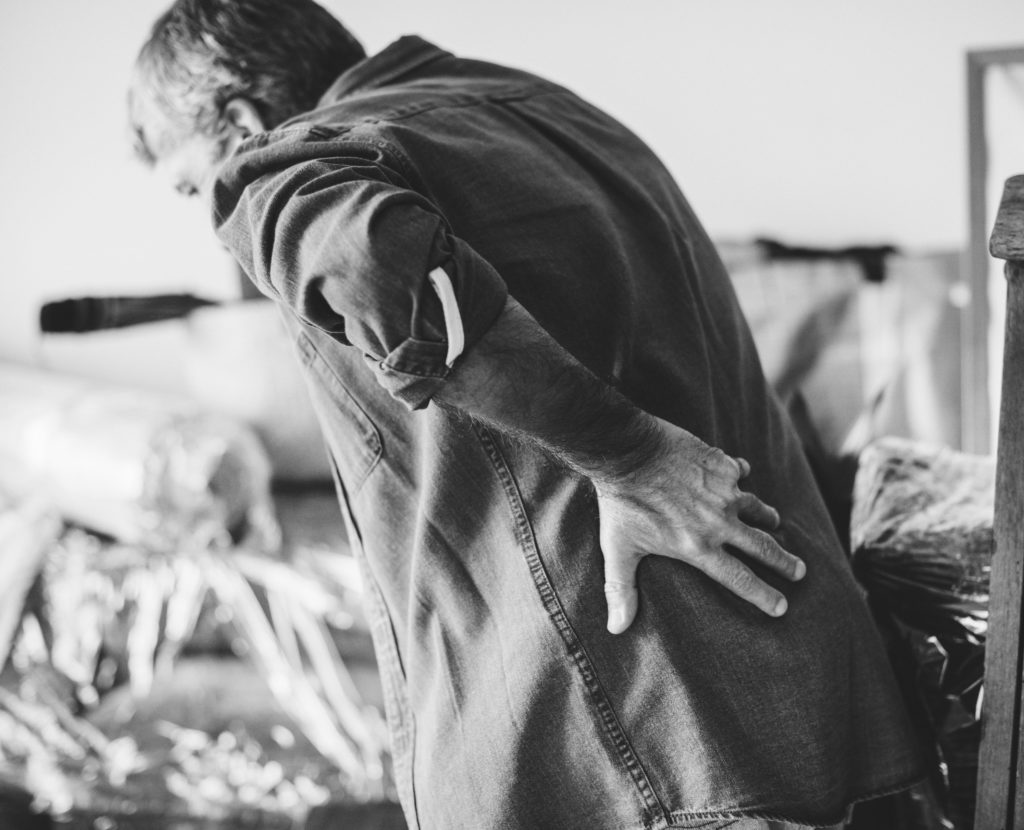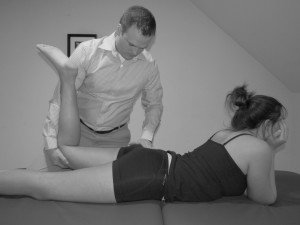
I had an interesting experience recently. I received a call from a mother with a little girl, age 5, with pain in her left leg. It really bothered her at night and was waking her. Nothing really seemed to help. From my memory, chiropractic care and massage were tried without much lasting help and the family was looking for another option that might help their little girl that was on the natural side. They did not want to deal with medication or injection and diagnostically nothing seemed to be wrong. They showed up at my office and the little girl was cute as a button. She was wild and rambunctious like I was expecting but at the same time she had this left leg complaint that sounded very familiar. No known injury or causative factor, but the leg hurt, and it would not go away. I hear those complaints a lot, but not typically from a 5-year old. I did what I normally would do and performed a mechanical evaluation of her lumbar spine and pelvis. I was surprised to find the same abnormal mechanics I usually find in the teens and adults I treat. She had a sacral torsion and a dysfunction at her L5 vertebra that was creating her leg pain. I treated what I found, and her spine and pelvis corrected very easily. After 2 visits I never saw her again. The last I checked in with the family, the little girl had not complained about it in weeks! I was actually sort of shocked at this case because I had never had a client so young, but what I found was exactly what I would expect to find based on her pain complaints. This goes to show performing manual medicine can help people of all ages and to treat what is found and not limit clients based on age. That is exactly what I did, and it took only 2 visits to get rid of the pain. Manual therapy using muscle energy technique (MET) is amazing.
 Over the weekend I had a continuing education course for physical therapy to continue my license. The course dealt with using manual therapy, specifically muscle energy technique (MET), to correct problems of the pelvic girdle, sacrum, and lumbar spine. I have taken many courses over the years to learn my specialty of MET and I am very partial to the courses and education provided by Michigan State’s Osteopathic medical school and their manual medicine series. Michigan state has given me the knowledge and skill to treat my physical therapy clients outside of insurance, because of the great outcomes I get. The course I took was not a Michigan State course but it did provide a great review of the knowledge I already have along with reminding me how powerful MET is. Using physical therapy and MET is how I get such great outcomes far and above the norms and is why I can be an independent practitioner and not have to deal with insurance.
Over the weekend I had a continuing education course for physical therapy to continue my license. The course dealt with using manual therapy, specifically muscle energy technique (MET), to correct problems of the pelvic girdle, sacrum, and lumbar spine. I have taken many courses over the years to learn my specialty of MET and I am very partial to the courses and education provided by Michigan State’s Osteopathic medical school and their manual medicine series. Michigan state has given me the knowledge and skill to treat my physical therapy clients outside of insurance, because of the great outcomes I get. The course I took was not a Michigan State course but it did provide a great review of the knowledge I already have along with reminding me how powerful MET is. Using physical therapy and MET is how I get such great outcomes far and above the norms and is why I can be an independent practitioner and not have to deal with insurance. Low back surgery is not something you should take lightly and one should understand what back surgery is trying to accomplish.
Low back surgery is not something you should take lightly and one should understand what back surgery is trying to accomplish. Are you looking for physical therapy or a physical therapist in Newark, Granville, or Pataskala, OH? If you answered yes to this, then you have come to the right place. Dr. Dan Wright is a Doctor of Physical Therapy and a physical therapist in the Newark, Granville, and Pataskala, OH area. He is a specialist in relieving pain and improving movement problems, and he can help you return to the activities you enjoy. Call us today to schedule an appointment 740-707-0354 or to answer any questions you may have. Thank you.
Are you looking for physical therapy or a physical therapist in Newark, Granville, or Pataskala, OH? If you answered yes to this, then you have come to the right place. Dr. Dan Wright is a Doctor of Physical Therapy and a physical therapist in the Newark, Granville, and Pataskala, OH area. He is a specialist in relieving pain and improving movement problems, and he can help you return to the activities you enjoy. Call us today to schedule an appointment 740-707-0354 or to answer any questions you may have. Thank you.